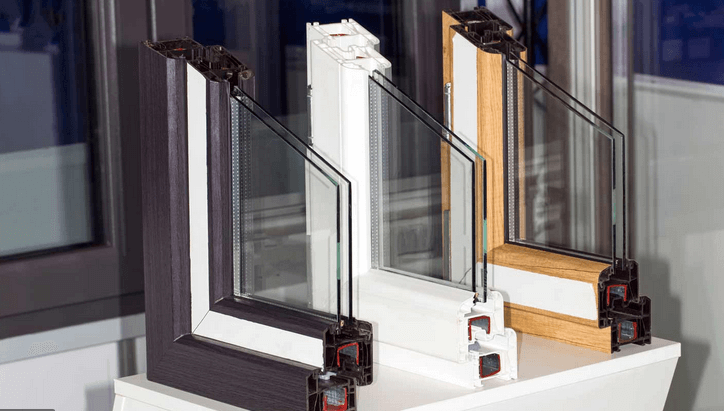
Window installation and replacement can be quite confusing and extremely costly, especially if you don’t know what you’re doing! Knowing a bit about your options can help you decide on the perfect window frames for your house—both aesthetically and functionally.
Wood windows, while previously very popular, don’t make for good investments due to its high cost of maintenance, which is why a majority of residences opt for other less “organic” materials. Some of the best and most popular choices of this age when it comes to window frames would be vinyl and fiberglass composite windows.
Knowing a bit about the two can help you choose which is the best type to use for your window replacement.
Vinyl and Fiberglass Windows
Vinyl windows’ base material is composed of extruded polyvinyl chloride (PVC)—a plastic material well-known throughout the construction industry. It’s wide malleability and decent tensile strength did not see popularity in window construction until earlier on in the ’90s, but has slowly become a norm of today.
Fiberglass, on the other hand, is made of a catalyst-activated polyester resin molded through a heated die. This material is most commonly seen in skis, surfboards, and canoes—proving it’s intense durability and exceedingly lightweight.
The Major Differences
Each window type has its own merits and flaws, so a side by side comparison should be done to ensure proper consideration of both choices. To help you decide which type to consider for your window replacement, there are four criteria to consider: cost, installation difficulty, durability, and style.
Cost
Both vinyl windows and fiberglass windows lie on the more affordable range of window replacements, especially when compared to wood. The more technical manufacturing of fiberglass, however, makes it a notch more expensive than vinyl. Vinyl’s easy manufacturing and cheap base material place it at nearly half the cost of wood-framed windows and almost 20% cheaper than fiberglass windows.
Installation difficulty
Due to fiberglass’ rigid composition, its installation is rather difficult due to the need for precision—which is why a professional service is needed for installing it. Vinyl, on the other hand, is DIY-friendly, allowing for easy and quick installations. For this reason, vinyl windows are more commonly found in home improvement centers, whereas fiberglass is usually only catered to by professional window installer services.
Durability
The base materials that make up both vinyl and fiberglass composite are highly durable and low-maintenance. As inorganic materials, these are not prone to rust or infestation like with wooden windows.
While they both share decent durability, the fiberglass windows’ rigid construction benefits much in this regard. As fiberglass is of the same make as the window glass, they both expand and contract at the same rate—thereby avoiding seal failure that vinyl windows have the tendency of having.
Style
Fiberglass, unlike vinyl, is paintable, making for great potential in post-installation aesthetic improvement. Vinyl, however, comes in various “baked-in” colors which also give it decent customizability in the pre-installation phase. The deal-breaker in style, however, would lie in the wider glass panes of fiberglass windows. The stronger material used in fiberglass allows for less material to be used, thus making way for more glass to be placed in the final product.
Final Thoughts
Knowing the above differences of both vinyl and fiberglass windows will come in handy in choosing which is the best fit for your window replacement. If you’re looking for a cheaper DIY solution, then vinyl windows are the way to go. However, if you’re looking for a more long-term investment despite the cost, then fiberglass is your best choice.
Are you looking for a company that can help you with your window replacement in Salt Lake City, that can cater to both vinyl and composite window installation? Get in touch with us today and see what services and products best suits your home.

